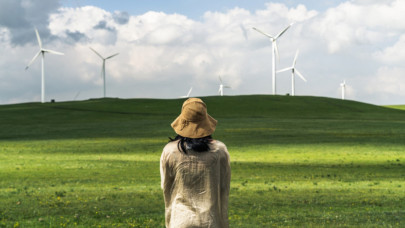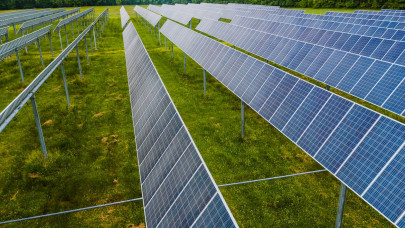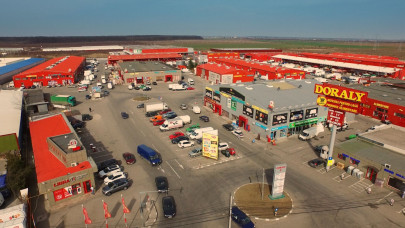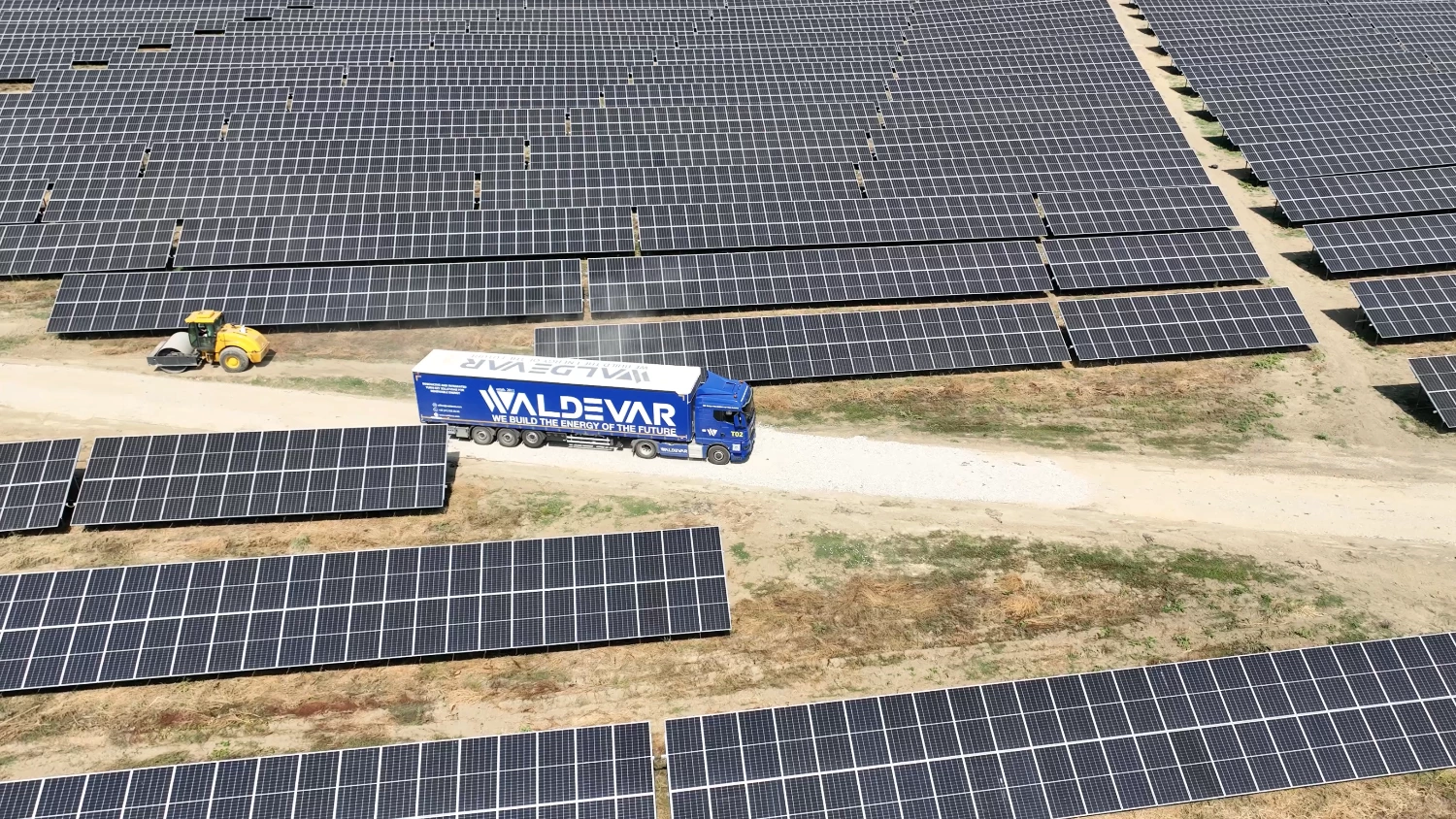"We are beginning a technological revolution based on green technologies. This new wave of technological change will have a formidable impact on the global economy. Developing countries must capture more of the value being created in this technological revolution to grow their economies. Missing this technological wave because of insufficient policy attention or lack of targeted investment in building capacities would have long-lasting negative implications", UNCTAD Secretary-General Rebeca Grynspan says.
UNCTAD estimates that the 17 frontier technologies covered in the report could create a market of over $9.5 trillion by 2030 – about three times the current size of the Indian economy. But so far, developed economies are seizing most of the opportunities, leaving developing economies further behind.
The 17 green technologies analyzed by the UN report are Artificial Intelligence, Internet of Things (IoT), Big data, Blockchain, 5G, 3D printing, Robotics, Drones, Gene editing, Nanotechnology, Photovoltaic solar panels, Concentrated solar energy, Biofuels, Biogas and biomass, Wind Energy, Green Hydrogen, Electric Cars.
The analysis ranks 166 countries according to their level of readiness to start using frontier technologies using the following five indicators: IT&C, Skills, Industry, Research and Development, and Finance.
The United States, Sweden, Singapore, Switzerland, and the Netherlands are the five countries most ready to use, adopt or adapt to frontier technologies that will be essential to the transition to green technology, according to data published by the United Nations Trade Agency and Development (UNCTAD).
Romania, on the other hand, ranked in the first part of the ranking, in 45th place, in stagnation compared to 2021. We have the best score for IC&C (32) and Research and Development (33). In the Industry chapter, we are in 38th place, and Competences were ranked 69th place. By far, we are the worst in the Finance chapter, only in 122nd place.
In our region, Poland ranks best at 27th, followed in order by Slovenia, Estonia, and the Czech Republic at 30th. Russia is right behind at 31st. Hungary is ranked 36th and Slovakia at 39th. All these countries received the qualification "highly prepared" for the transition to green technologies.
The total exports of green technologies from developed countries jumped from around $60 billion in 2018 to over $156 billion in 2021. In the same period, exports from developing nations rose from $57 billion to only about $75 billion. In three years, developing countries' share of global exports fell from over 48% to under 33%.
UNCTAD's analysis shows that developing countries must act quickly to benefit from this opportunity and move to a development trajectory leading to more diversified, productive, and competitive economies. Previous technological revolutions have shown that early adopters can move ahead quickly and create lasting advantages.
The report includes a "frontier technology readiness index" that shows that very few developing countries have the capacities needed to take advantage of frontier technologies. These include blockchain, drones, gene editing, nanotechnology, and solar power.
Green frontier technologies such as electric vehicles, solar and wind energy, and green hydrogen are expected to reach a market value of $2.1 trillion in 2030 – four times greater than today's value. Market revenues for electric vehicles could rise five times to reach $824 billion by 2030 from today's value of $163 billion.
The index ranks 166 countries based on ICT, skills, research and development, industrial capacity, and financial indicators. It's dominated by high-income economies, notably the United States, Sweden, Singapore, Switzerland, and the Netherlands.
Although developing countries are the least prepared to use frontier technologies, several economies in Asia have made important policy changes that have enabled them to perform better than expected according to their GDP per capita.
India remains the greatest overperformer, ranking at 67 positions better than expected, followed by the Philippines (54 positions better) and Viet Nam (44 better).
The index shows that countries in Latin America, the Caribbean, and sub-Saharan Africa are the least ready to harness frontier technologies and are at risk of missing current technological opportunities.
To benefit from the green tech revolution, proactive industrial, innovation, and energy policies targeting green technologies are needed in developing countries, says Shamika N. Sirimanne, director of UNCTAD's technology and logistics division. "Developing countries need agency and urgency in developing the right policy responses."
"As developing countries respond to today's urgent interconnected crises, they also need to take strategic, long-term action to build innovation and technological capacities to spur sustainable economic growth and increase their resilience to future crises", says Shamika N. Sirimanne.
UNCTAD calls on governments in developing countries to align environmental, science, technology, innovation, and industrial policies. It urges them to prioritize investment in greener and more complex sectors, to provide incentives to shift consumer demand towards greener goods, and to boost investment in research and development.
Developing countries should also urgently boost technical skills and scale up investments in ICT infrastructure, addressing the connectivity gaps between small and large firms and between urban and rural regions.
But developing countries can't take advantage of green technologies on their own. Much of the success of their domestic policies will depend on global cooperation through international trade, which would require reforms to existing trade rules to ensure consistency with the Paris Agreement to tackle climate change.
The report says international trade rules should permit developing countries to protect emerging green industries tariffs, subsidies, and public procurement – so that they not only meet local demand but also reach the economies of scale that make exports more competitive.
International support to transfer green technologies to developing countries is also critical. The report proposes the application of principles that were invoked against the COVID-19 pandemic when some countries were allowed to produce and supply vaccines without the consent of the patent holder. This would offer manufacturers in developing countries quicker access to key green technologies.
It says international trade and related intellectual property rules should provide more flexibility for developing countries to put in place industrial and innovation policies to nurture their nascent industries so that new green technology sectors can emerge there.
The report also calls for an international program of guaranteed purchase of tradable green items, coordinated green technology research at the multinational level, increased support for regional centers of excellence for green technologies and innovation, and a multilateral fund to stimulate green innovations and enhance cooperation between countries.













